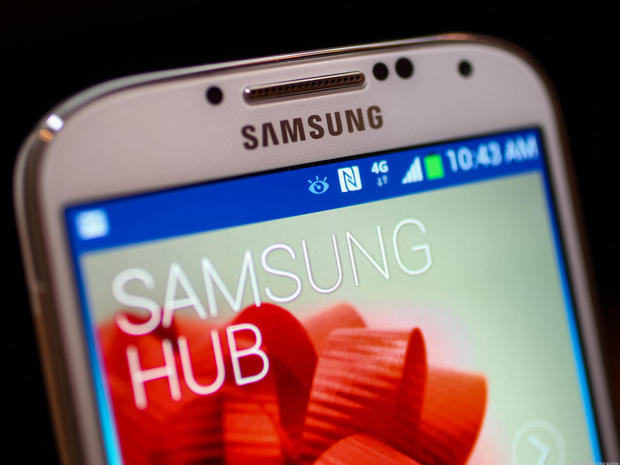Inevitably after any big named smartphone release, a teardown is performed to see what cutting edge technology is powering the new device. The recently released Samsung Galaxy S4 is no different, with market intelligence firm IHS iSuppli performing a teardown analysis on the Samsung Galaxy S4 and has determined that it costs at least $237 to build.
The production cost of the Samsung Galaxy S4 represents between a 15 to 18 percent increase to the Galaxy S3 costs discovered last year by a similar teardown.
The entry-level Samsung Galaxy S4 16GB model costs $639 unsubsidised, leaving Samsung with a nice tidy profit.
Comparing this against a premium device like the iPhone 5, the Samsung Galaxy S4 is 16 percent more expensive to build, with the iPhone 5 16GB version costing around $205 to build. The difference is cost is said to be attributed to the larger display of the Galaxy S4.
Samsung are able to manufacture most of the internal parts of their devices, with the teardown analysis showing Samsung were able to manufacture at least $149 worth (63%) of the parts needed for the Galaxy S4, with Intel and Broadcom filling in the gaps. The fact Samsung can manufacture its own parts is considered one of its strengths and if they couldn’t in-source a lot of these parts the cost would have potentially sky rocketed.
“Samsung’s strength is this ability to in-source to itself,” IHS analyst Vincent Leung said in an interview. “They just keep adding to the list of components that they can supply to themselves.”
Versions of the phone sold in Korea and other markets around the world use a Samsung-made chip called Exynos 5 Octa that costs $28 in place of the Qualcomm chip.Samsung manufactures at least four different variations of the phone around the world, including two being sold in the U.S., one to AT&T, and another to Verizon Wireless, said Andrew Rassweiler, another IHS analyst.“Samsung is demonstrating its ability to suit the tastes of carriers in different regions of the world,” Mr. Rassweiler said. “It comes down to what the market is willing to spend on the features offered.”
As Samsung continue to release new hardware and excel in this department, they can cheaply transfer this into devices of their own. What they need to figure out is the price margin on the retail exposure to the customer. A $400+ margin is quite steep, and although the estimate of the teardown only takes into account raw materials and not labour or resources etc., it does seem Samsung could have passed a bit more saving onto the consumer.
[Source WSJ]



